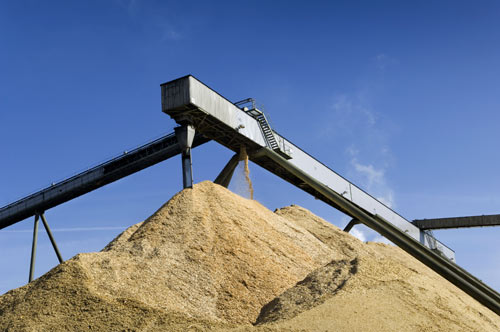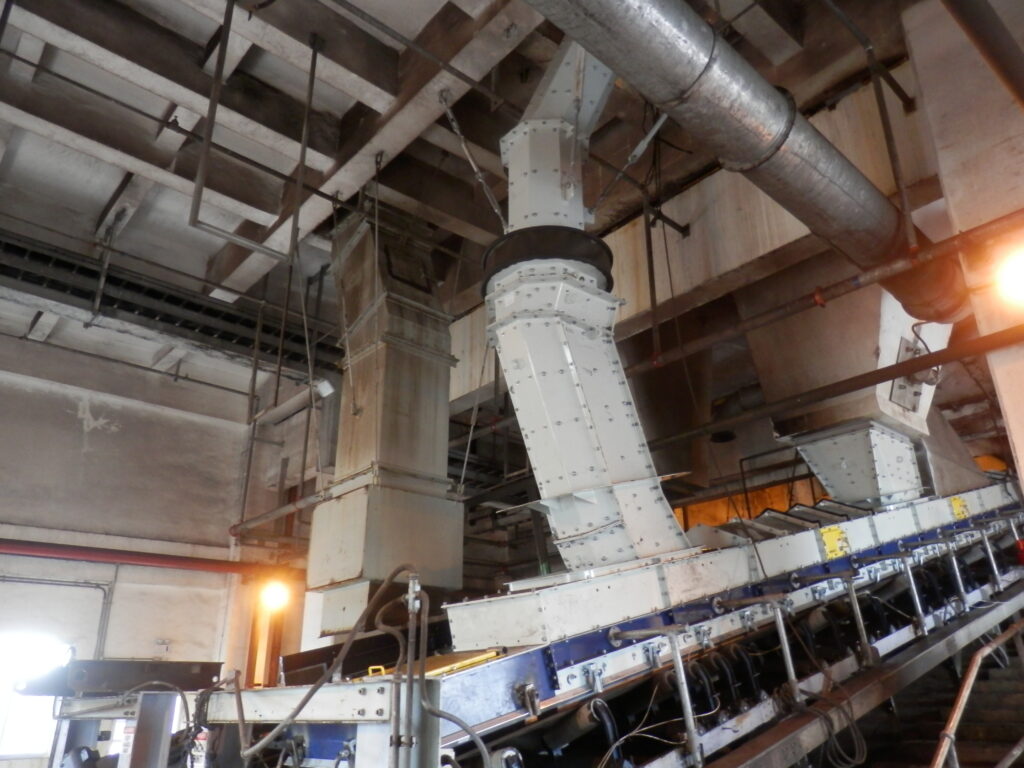 Pulp and paper processing is among the world’s oldest and biggest endeavors, and U.S. pulp and paper mills rank among the nation’s largest industries. They include more than 550 manufacturing facilities in 42 states and employ over 200,000 people.
Pulp and paper processing is among the world’s oldest and biggest endeavors, and U.S. pulp and paper mills rank among the nation’s largest industries. They include more than 550 manufacturing facilities in 42 states and employ over 200,000 people.
According to the Environmental Protection Agency, each year U.S. mills produce 9 million tons of pulp and 26 billion books, newspapers, and magazines.
At the same time, pulp and paper processing involves numerous personal and operational risks.
Why Is Pulp & Paper Manufacturing Dangerous?
The hazards of pulp and paper dust are similar to those of dust from wood byproduct at saw mills. Like sawmill dust, pulp and paper dust can be carcinogenic because of the toxic chemicals used during processing. Fugitive pulp and paper dust that is breathed further can lead to respiratory problems, allergic reactions, sore throats, and migraines, to name but a few other problematic conditions.
Also like sawmill dust, pulp and paper dust is flammable, particularly with its larger surface area and porosity for mixing with air.
For a fire to begin, there must be fuel, oxygen, and an ignition source—for example, a paper-dust pile, oxygen, and a spark, a flame, or excessive heat.
When that same paper-dust pile is dispersed into the air, it can generate a flash fire if the three required elements are present at once.
If the pile is dispersed in a closed or sealed room, the confinement adds another factor in the form of pressure that builds as the gases expand rapidly during the reaction of the original three elements. This is when an explosion becomes possible.
An explosion or a dust flash fire can result in employee deaths and injuries as well as significant destruction of equipment and buildings. In 2019, there were more than 200 dust fires or explosions in the U.S. alone. Another 100 incidents were reported outside the U.S.
Multiple incidents at pulp and paper mills have occurred during the last few years as well. Just a few include:
- Port Townsend Paper Mill, Washington (2022). In January, a fire ignited in an enclosed conveyor belt carrying wood chips into the mill. The fire spread to the sixth floor of the mill before it was put out by the fire department. The total damages were estimated at $500,000. In May, another fire broke out in a second-floor conveyor belt.
- Verso Corporation, Wisconsin (2021). A fire began when lightning struck the scrubber stack at the idled mill. Fire and heat compromised the stack and caused it to collapse, starting subsequent fires in and around the digester tower.
- Sappi Fine Paper, Maine (2020). A fire broke out at the wood yard, where the local fire chief identified that saw dust, wood dust, and wood chips constituted a danger.
- Thomson Georgia Pacific, Georgia (2019). A dust fire at the particleboard plant lasted several hours, requiring at least 15 fire departments in the effort to extinguish it. About 80% of the facilities were damaged, and the plant was not rebuilt.
Each of these instances signifies how hazards at pulp and paper mills can at minimum result in lost production, expensive replacements, and safety violations that incur fines and impact insurance ratings. At worst, they endanger employees.
These risks can be controlled and mitigated with well-designed and -engineered containment.
Pulp & Paper Mills: Creating a Containment System

Avoiding the risks of the airborne material requires a containment system that draws dust from the air and returns it to the material stream. This dust control and reduction also supports greater use of bulk material–handling production time, money, and labor.
Pulp and paper processing involves debarking and chipping operations, stackout, conveying systems, bins, and storage silos, to name but a few components. A dust containment strategy will often begin with an assessment of factors such as:
- whether the facility has a dust problem
- where individual workers are likely exposed to dust
- which procedures and tasks create high levels of dust
- where controls may be needed to sufficiently reduce exposure
The strategy also will determine the proper custom solutions for sealing the load zone and preventing spillage and dust while improving material flow. The containment system should include a modular skirtboard and belt support system that achieves properly aligned transfer chute points and center loading with conveyor components such as:
- skirt seal
- idlers
- internal wearliner
- peaked or flat hoods
- conveyor belt scrapers
- dust-tight inspection door
- dust curtains
- conveyor belt guards
- impact and support bed
Ideally, the load zone containment system can be retrofitted to accommodate and enhance an existing system if needed. A modular design also will allow operators to replace components without special permits or extended shutdowns. Installation will be easy and affordable, and no welding will be required.
A complete, well-engineered containment system for a pulp and paper mill results in:
- significant pulp and paper dust reduction
- less spillage, carryback, and mistracking
- longer life of conveyor equipment
- reduced housekeeping and maintenance
- consistent regulatory compliance
- greater personal safety
Benetech: Your Ally in Bulk Material Handling
Controlling dust for bulk material handlers is a driving objective for Benetech engineers. We devote the best of our knowledge and resources to keeping your pulp and paper mill running efficiently, safety, and profitably. To learn more about our custom solutions for containing fugitive dust in your load zone, contact us at (630) 844-1300 to speak with a specialist.
Posted in Dust Control, and Fugitive Dust Emissions
